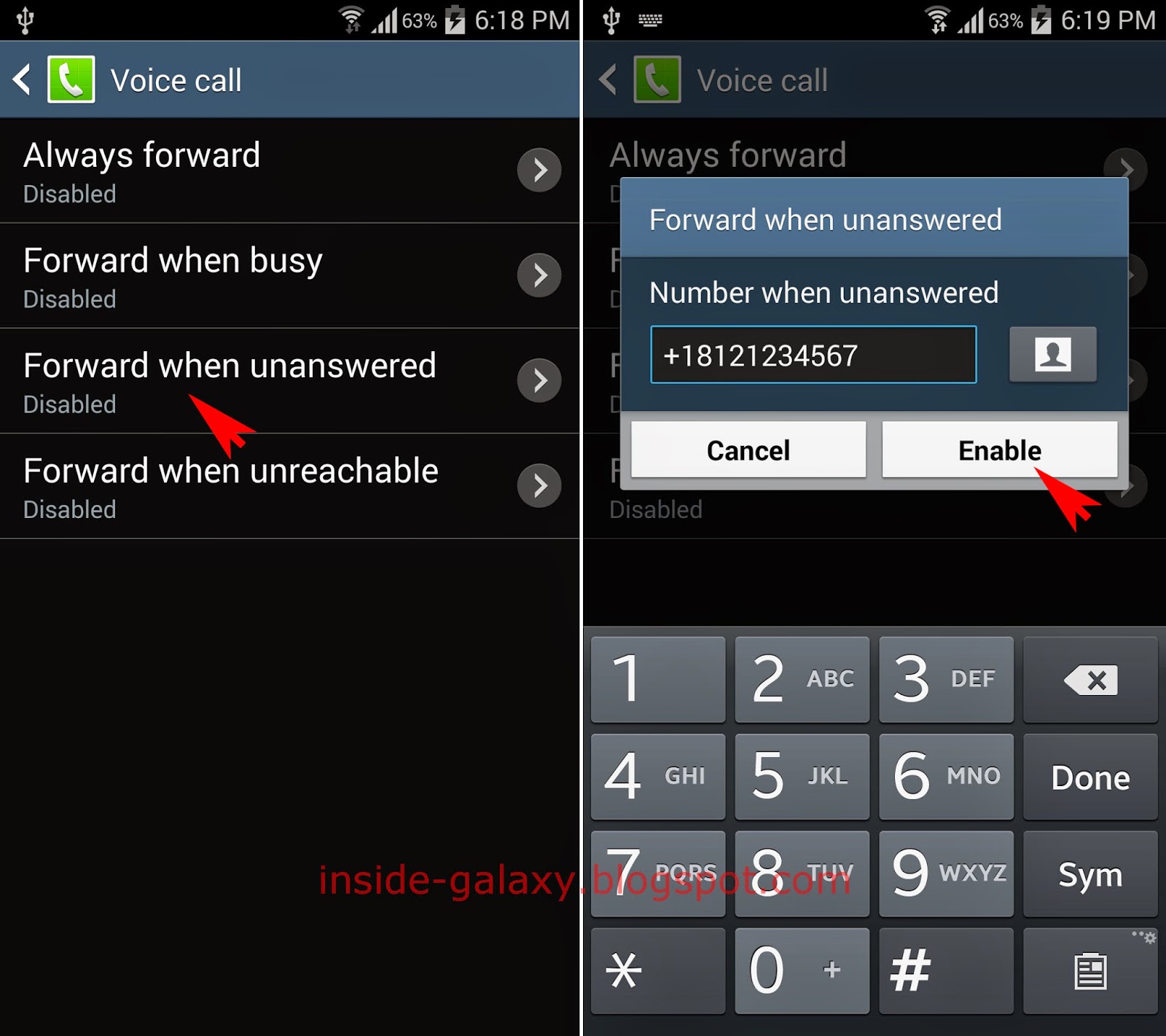Have you ever found yourself in a situation where your calls are being forwarded to another number, and you need to reverse that process? Understanding how to reverse call forwarding is essential for anyone who values their communication privacy and needs to manage their calls effectively. In this article, we will explore the various methods to reverse call forwarding, the importance of managing call settings, and how you can regain control of your phone calls. Whether you're dealing with a temporary situation or a more permanent change, knowing how to navigate these settings can save you time and hassle.
Call forwarding is a convenient feature that allows incoming calls to be redirected to another phone number. However, there may be times when you want to reverse this setting and receive calls directly on your original device. This article aims to provide you with an in-depth understanding of how to reverse call forwarding, ensuring that you can communicate freely without interruptions.
As technology continues to evolve, so do the methods for managing phone features. In this guide, we will cover the step-by-step processes for various phone carriers, special codes for reversing call forwarding, and tips for troubleshooting any issues that may arise. By the end of this article, you'll be well-equipped to handle your call forwarding settings with confidence.
Table of Contents
- 1. What is Call Forwarding?
- 2. How Call Forwarding Works
- 3. Types of Call Forwarding
- 4. How to Reverse Call Forwarding
- 5. Reversing Call Forwarding on Different Carriers
- 6. Troubleshooting Call Forwarding Issues
- 7. Benefits of Managing Call Forwarding
- 8. Conclusion
1. What is Call Forwarding?
Call forwarding is a telecommunication feature that allows users to redirect incoming calls to another number. This can be particularly useful for individuals who might be away from their primary phone or those who prefer to consolidate their communication channels. Here are some key points to understand about call forwarding:
- It can be temporary or permanent.
- Users can forward calls to various numbers, including landlines and mobile phones.
- It can be set up for specific times or conditions.
2. How Call Forwarding Works
When a call is placed to a number with call forwarding enabled, the telecommunication system recognizes the forwarding settings and redirects the call to the designated number. This process involves:
- Identifying the incoming call's destination.
- Checking the forwarding settings stored in the system.
- Redirecting the call to the specified number.
Understanding this process is crucial for anyone looking to manage their call settings effectively.
3. Types of Call Forwarding
There are several types of call forwarding available, each serving different purposes:
- Unconditional Call Forwarding: All calls are forwarded without any conditions.
- Conditional Call Forwarding: Calls are forwarded only under specific conditions, such as when the line is busy or unanswered.
- Delayed Call Forwarding: Calls are forwarded after a certain number of rings.
4. How to Reverse Call Forwarding
Reversing call forwarding generally involves accessing your phone's settings or using specific codes. Here’s a step-by-step guide:
- Open your phone's dialer.
- Dial the specific code to disable call forwarding, which is often *73 for most carriers.
- Wait for a confirmation tone or message indicating that the feature has been disabled.
5. Reversing Call Forwarding on Different Carriers
Different phone carriers may have specific codes and procedures for reversing call forwarding. Below is a summary for some of the major carriers:
5.1 AT&T
To disable call forwarding on AT&T, dial *73 and press the call button.
5.2 Verizon
For Verizon users, dial *73 to deactivate call forwarding.
5.3 T-Mobile
T-Mobile customers can use the same code, *73, to reverse call forwarding.
5.4 Sprint
Sprint users can also dial *73 to disable this feature.
6. Troubleshooting Call Forwarding Issues
If you encounter issues while trying to reverse call forwarding, consider the following troubleshooting tips:
- Ensure that you are dialing the correct code for your carrier.
- Check if your phone has any pending software updates.
- Contact your carrier's customer support for assistance.
7. Benefits of Managing Call Forwarding
Proper management of call forwarding can enhance your communication experience. Here are some benefits:
- Improved privacy and security.
- Better control over incoming calls.
- Flexibility in managing communications while on the go.
8. Conclusion
In summary, knowing how to reverse call forwarding is an essential skill for maintaining control over your phone communications. By understanding the different types of call forwarding, the methods to reverse it, and troubleshooting any issues, you can ensure that your calls reach you directly as intended. We encourage you to take action and manage your call settings effectively. If you have any questions or experiences to share, please leave a comment below or share this article with others who might find it helpful.
Thank you for reading! We hope to see you back on our site for more informative articles.
Ultimate Guide To Haircuts For Diamond-Shaped Faces
What Saint Do You Pray To For Lost Items? Discover The Power Of Saint Anthony
How Old Is Kristin Cavallari? A Comprehensive Look At Her Life And Career

